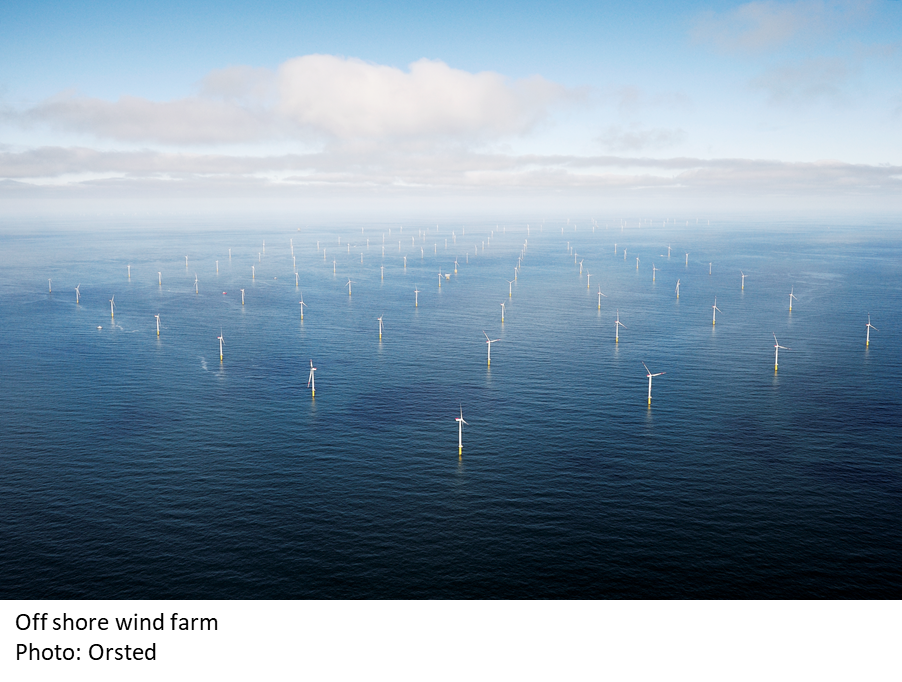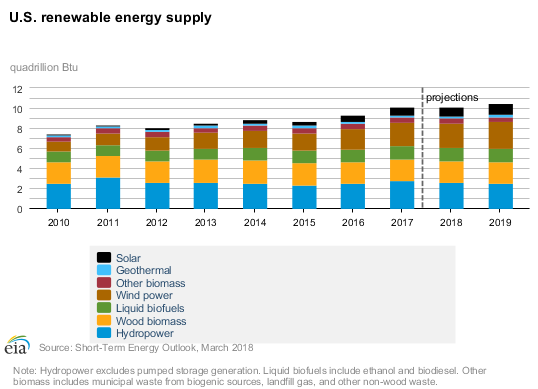Environment and Energy

Partnership to Produce Pipe for Massachusetts Wind Farm
Written by Sandy Williams
April 10, 2018
Bay State Wind, a 50-50 partnership between offshore wind company Orsted and transmission builder Eversource, will partner with international steel pipe producer EEW to manufacture components for offshore wind projects at a new facility to be built in Massachusetts.
EEW will collaborate with U.S.-based Gulf Island Fabrication, a fabricator of offshore and onshore steel structures used by the energy sector. EEW and Gulf Island will produce at the new facility monopile foundations and transition pieces, including secondary steel components, painting and pre-fabricated components for offshore wind turbine foundations.
The collaboration will deploy new and specialized steel manufacturing capabilities that are not currently utilized in the U.S, said EEW.
EEW will manufacture the large steel pipes and primary pieces of the project. Gulf Island will outfit the secondary materials of the project and execute the painting scope. The companies plan to contract with local Massachusetts suppliers and manufacturers to source and develop capabilities for several major components, including boat landings, ladders and internal platforms for the construction of the foundations.
The Bay State Wind facility is expected to generate approximately 500 annual construction jobs with up to 1,200 additional annual indirect jobs in the local community.

“The U.S. market, with Massachusetts and the Northeast at the forefront, has long been ripe for robust development of offshore wind energy,” said Christoph Schorge, Managing Partner of EEW Group. “We regard these first steps as a starting point of a long-term and sustainable approach in the U.S. offshore wind industry, and we are proud to enter the market with such a knowledgeable partner as Bay State Wind.”
Bay State Wind is also the name of an 800 megawatt offshore wind farm under construction by Orsted and Eversource south of Martha’s Vineyard and about 65 miles offshore. Upon completion, it will supply 500,000 homes with electricity while creating more than 10,000 indirect and direct jobs over the life of the project.
The companies announced last week that a second wind farm will be built in the same area as Bay State Wind. Constitution Wind will be a 200 megawatt offshore wind farm that will provide electricity to 100,000 homes in Connecticut.
On Friday, April 6, the Department of the Interior announced two more areas, totaling 390,000 acres, that are available for wind energy development off the Massachusetts coast.
“The Trump administration supports an all-of-the-above energy policy and using every tool available to achieve American energy dominance. The proposed sale area has tremendous offshore wind energy potential and the responsible development of it continues to play a big role in the administration’s America-First Offshore Energy Strategy,” said Interior Secretary Ryan Zinke.
The administration backed off from a proposal to allow offshore drilling along the East Coast after strong opposition. Zinke, a supporter of oil and gas development, said the plan was not supported by governors in the coastal states.
“There is a lot of opposition, particularly off the East Coast and the West Coast, on oil and gas,” said Zinke at a forum on offshore wind energy on Friday. “If local communities don’t want it in state waters, the states have a lot of leverage.”
The Bureau of Ocean Energy Management is now calling for nominations from companies interested in commercial wind energy leases within the New York Bight region, an area of shallow waters between Long Island (to the north and east) and the New Jersey coast (to the south and west).
The U.S. Energy Information Administration expects wind generation to exceed hydropower generation by 2019. According to the EIA, wind generated an average of 697,000 megawatthours per day in 2017 and is projected to increase to 722,000 MWh/d in 2018 and to 778,000 MWh/d in 2019.


Sandy Williams
Read more from Sandy WilliamsLatest in Environment and Energy

Global Steel Climate Council certifies eight SDI, ASA HR products
GSCC certifies eight products from Steel Dynamics and Arkansas Steel Associates.

June energy market update
In this Premium analysis we examine North American oil and natural gas prices, drill rig activity, and crude oil stock levels. Trends in energy prices and rig counts serve as leading indicators for oil country tubular goods (OCTG) and line pipe demand.

EPA deregulation proposals win praise from steel advocates
Two industry groups are applauding two EPA proposals that would support domestic steel production.

Met coal receives critical materials status
The US Department of Energy (DOE) adds metallurgical coal to the nation’s list of Critical Materials, following its designation by US Secretary of Energy, Chris Wright’s announcement on May 22.

May energy market update
An analysis of the North American energy market in May.
